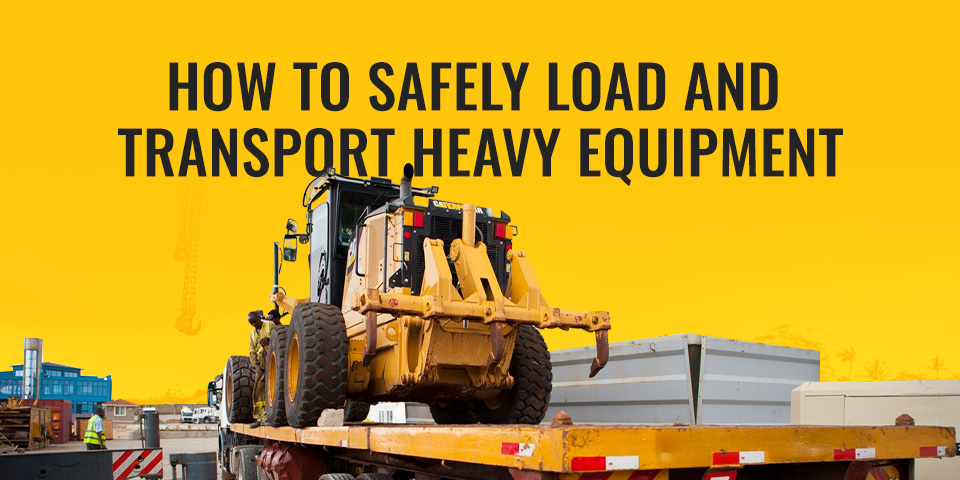Forklift Rental Solutions for Industrial and Commercial Use
Forklift Rental Solutions for Industrial and Commercial Use
Blog Article
Renting Vs. Acquiring Construction Equipment: Making the Right Option for Your Task
When beginning on a building and construction job, one of the important choices that forecast stakeholders and supervisors face is whether to purchase or lease construction devices. The decision hinges on different aspects such as cost considerations, task period, tools upkeep, scalability, risk, and versatility monitoring.
Expense Considerations
When reviewing the economic aspect of acquiring versus renting out building and construction equipment, the long-lasting expenses and in advance prices need to be carefully considered. Leasing tools frequently needs reduced first settlements contrasted to acquiring, making it an attractive choice for short-term projects or service providers with spending plan restraints. Renting removes the requirement for huge funding expenses and reduces the monetary threat related to tools ownership, such as upkeep and depreciation prices. Nevertheless, in the future, constantly leasing tools can collect higher prices than purchasing, particularly for prolonged tasks.
On the various other hand, buying construction equipment includes greater upfront expenses however can cause lasting cost savings, specifically for lasting projects or constant individuals. Owning devices supplies adaptability, convenience, and the capacity for resale worth once the job is completed. Furthermore, possessing devices permits customization and knowledge with details equipment, potentially raising efficiency and efficiency on-site. Inevitably, the decision between renting and getting building and construction tools hinges on the job's period, regularity of usage, spending plan considerations, and long-lasting monetary objectives.
Task Period

Alternatively, for lasting jobs or recurring building and construction job, getting tools might be the extra affordable option. Buying equipment can lead to cost financial savings in the future, specifically if the devices will be regularly utilized. Furthermore, possessing tools supplies a sense of control over its schedule and enables customization to fit particular task demands.

Devices Maintenance
Provided the essential role job period plays in identifying the most affordable strategy in between acquiring and renting building tools, the focus now moves towards examining the crucial facet of equipment maintenance. Appropriate maintenance is crucial for making sure the ideal efficiency and long life of building and construction equipment. Renting out tools typically features the advantage of having well-maintained equipment supplied by the rental company. This can alleviate the concern of maintenance tasks from the task proprietor or service provider, saving effort and time. On the other hand, having tools calls for a positive strategy to maintenance to protect against malfunctions, make sure safety and security, and expand the equipment's lifespan. Regular examinations, servicing, and timely repairs are necessary to maintain owned tools in leading functioning problem. Element in upkeep prices when making a decision in between renting and buying, as neglecting upkeep can bring about expensive fixings, downtime, and job hold-ups. Ultimately, a well-maintained construction equipment fleet, whether rented out or owned, is important for the successful and efficient conclusion of construction projects.
Adaptability and Scalability
In the realm of construction tools management, the aspect of adaptability and scalability holds considerable relevance for job efficiency and source application. Choosing to lease building equipment offers a high level of versatility as it allows for the fast adjustment of devices kinds and amounts based on the evolving requirements of a project. Leasing enables professionals to access a variety of customized equipment that may be needed for certain jobs without the long-term dedication of ownership. This versatility is especially useful for jobs with varying requirements or uncertain periods (heavy equipment rental).
Leasing building devices uses the advantage of conveniently scaling procedures up or down as project demands vary. Specialists can promptly exchange or include tools to match the task's transforming needs without the restrictions of possessing possessions that might become underutilized or outdated.
Danger Management
Reliable threat management in building and construction devices operations is critical to ensuring project success and mitigating potential economic losses. Construction jobs naturally include various risks, such as tools break downs, accidents, and task delays, which can substantially impact the job timeline and spending plan. By carefully thinking about the risks connected with owning or renting building equipment, job supervisors can make informed decisions to reduce these potential threats.
Leasing building devices can use a level of risk reduction by transferring the duty of repair and maintenance to the rental firm. This can lower the monetary problem on the project proprietor in situation of unforeseen equipment failures (aerial lift rental). Additionally, renting provides the adaptability to gain access to specialized devices for certain task stages, reducing the risk of possessing underutilized machinery
On the other hand, owning construction devices provides a sense of control over its use and upkeep. Nonetheless, this also implies birthing the full responsibility for repair work, maintenance prices, and depreciation, increasing the financial risks related to equipment ownership. Mindful danger evaluation and factor to consider of aspects such as project period, tools application, and maintenance demands are crucial in establishing the most appropriate option for reliable threat administration in construction tasks.
Conclusion
To conclude, when deciding in between renting out and getting building devices, it is crucial to take into consideration expense, task my explanation duration, tools upkeep, flexibility, scalability, and risk management. Each aspect plays a vital function in determining one of the most ideal option for the task at hand. By very carefully examining these facets, job managers can make an check my source enlightened decision that lines up with their budget, timeline, and general job goals.

Report this page